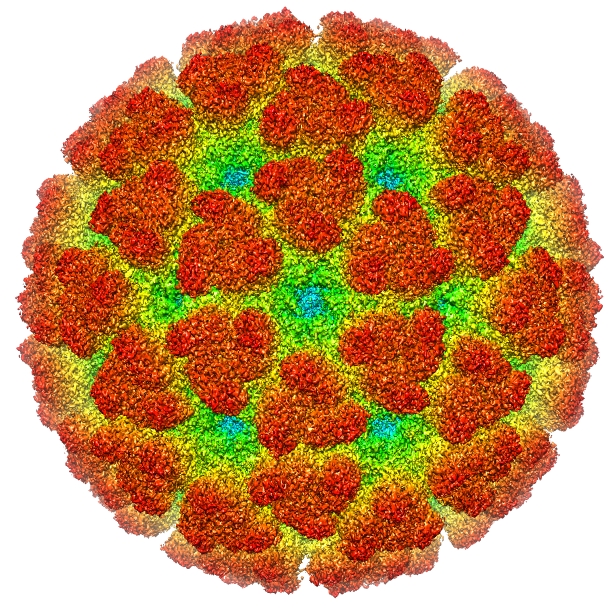
Introduction to Chikungunya Virus
The chikungunya virus, transmitted primarily through the bite of infected Aedes mosquitoes, has garnered increasing attention due to its resurgence in various parts of the world, including the Americas. It poses significant health risks, particularly in regions experiencing outbreaks. Understanding this virus is vital for public health and safety, especially in light of rising global travel and changing climate patterns that affect mosquito habitats.
Current Situation and Spread
As of late 2023, cases of chikungunya have been reported in Canada, particularly in travelers returning from regions where the virus is endemic, such as parts of South America and the Caribbean. According to the Public Health Agency of Canada (PHAC), the number of reported cases has increased compared to previous years, highlighting the potential for local transmission during warmer months. The World Health Organization (WHO) has issued warnings regarding chikungunya outbreaks in multiple countries, signifying an urgent need for awareness and prevention efforts.
Symptoms and Diagnosis
Symptoms of chikungunya typically emerge 3 to 7 days after infection and include fever, severe joint pain, headache, muscle pain, and rash. While the disease is rarely fatal, the joint pain can persist for months or even years in some individuals. Accurate diagnosis is crucial as symptoms may mimic those of other viral infections, such as dengue or Zika virus. Healthcare providers are increasingly encouraged to consider chikungunya in differential diagnoses, especially in patients with compatible travel histories.
Prevention Measures
Preventing chikungunya focuses on mitigating mosquito bites and controlling mosquito populations. The Public Health Agency of Canada recommends several strategies, including:
- Using insect repellents that contain DEET or other effective ingredients.
- Wearing long-sleeved clothing and avoiding outdoor activities during peak mosquito hours (dawn and dusk).
- Eliminating standing water around homes, which serves as breeding grounds for mosquitoes.
Additionally, community engagement and awareness campaigns are pivotal in reducing the risk of outbreaks.
Conclusion and Future Outlook
The chikungunya virus represents a growing public health concern, with the potential for increased transmission due to climate change and global travel. Ongoing surveillance, research, and public health initiatives are crucial in combating the spread of this virus. As more people travel to and from endemic regions, the importance of preventive measures cannot be overstated. By staying informed and taking proactive steps, individuals can help protect themselves and their communities from chikungunya and its associated health risks.

